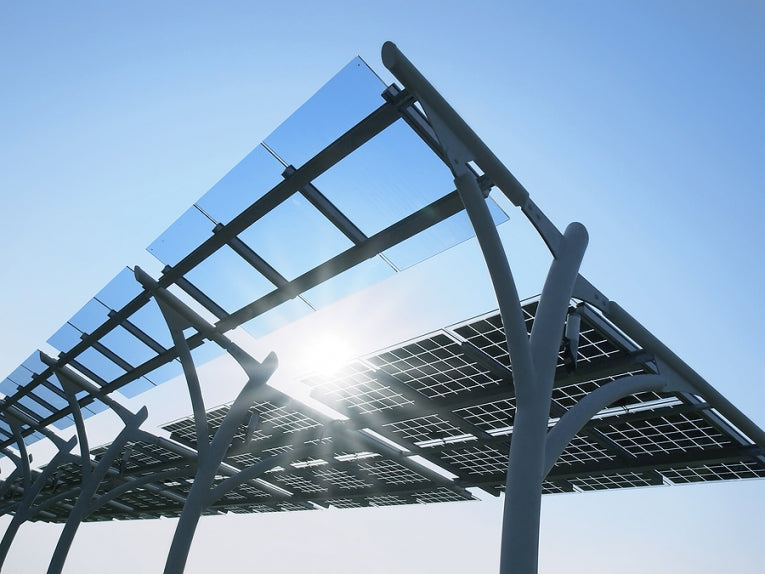Every year many countries use Solar Day as a time to raise awareness of the many benefits of solar energy, but unlike many other "special days" the date seems to vary according to where you live.
The Solar Day 2012 website of North America gives 20th June, while other US websites give 21st June and in Europe the European Solar Thermal Industry Federation designated Solar Day as falling between 1st and 13th May. Australia of course has to wait until November.
In truth the actual day does not really matter. What is really important is that people are given the opportunity to become more aware of the enormous benefits of solar energy and the ways that its use can be extended. If a special day can be set aside for this, so much the better.
In countries with plenty of sunshine, such as Cyprus and Greece, it has long been the custom to mount a water tank on the roof of your house as a somewhat primitive, but effective use of the sun's heat to provide domestic hot water. For the rest of the world other forms of heating such as oil and gas have always been relatively cheap, so solar energy has largely been ignored. The reasoning has always been that if you do not have constant sunshine, why bother with solar energy?
The answer to that is that the remaining oil reserves of the world are said to have a life of just 50 years and although coal reserves are more extensive, even these are expected to run out by the middle of the 23rd century.
Meanwhile solar energy is expected to last for at least another 5 billion years.
Solar energy, or getting energy from the sun is nothing new. Ancient cultures used energy from the sun to keep warm by starting fires from the sun's rays. Buildings were designed to capture the sun's heat.
Photovoltaics were discovered as long ago as 1839 when the French physicist Edmond Becquerel found that electric current in certain materials could be increased when exposed to light, but it was not until 1905 that Albert Einstein was able to clearly describe the photoelectric effect, which is the principle on which photovoltaics is based.
Solar cells have been around since the mid 1950s and provided essential power to the earliest space satellites. These first cells had an efficiency of about 6%, meaning that only 6% of the energy that hit its surface got converted into electricity. Today's cells have efficiencies in excess of 20%.
Initially these cells were cripplingly expensive, which was one of the reasons why they did not get much attention, but in the 1970s new designs were able to bring down costs by about 80%.
This immediately opened up whole new markets, making solar energy an attractive proposition not only for lighthouses, off-shore oil rigs and remote homes, but also for the general domestic market.
Most buildings are suitable for solar electric power where cells are generally placed on the roof. The only provisos are that the roof must face southeast to southwest and have an area of 10m2 to 15m2. Given that, a typical solar system could produce about 40% of the home's annual electricity consumption.
Many governments also offer financial incentives and although the cost of installing and fitting a solar generating system might be high and there is a long payback period, over a period of years the system will undoubtedly pay for itself and be a very good investment.
Another use of solar energy in UK homes is for solar power to provide a heating system. This works by using panels of evacuated tubes or flat plate collectors that again, are usually positioned on the roof. The roof should face the same direction as for solar panels, but for heating panels only 5m² of space is required. A typical system will provide approximately a third of a home's domestic hot water over the course of a year.
Solar energy has the great advantage that there is no pollution, it emits no harmful gases and it makes no noise. Once the system has been installed, the power source, i.e. the sun, is free. There is very little maintenance required and since there are no moving parts the panels tend to last for a very long time. A life span of 30 to 40 years would be expected. Also, any excess electricity that is produced can usually be sold to energy companies.
The only real downsides to solar energy is that nothing is produced at night and that decent spells of sunshine are necessary for peak efficiency, but when these are set against its advantages and when all the environmental positives are also thrown into the equation, solar energy wins hands down.
This is obviously the energy form of the future. As technology continues to advance, the efficiency of solar panels will rise and increased use will bring down prices. Solar Days around the world might help to raise awareness, but as this form of energy becomes more popular, it will effectively promote itself.










